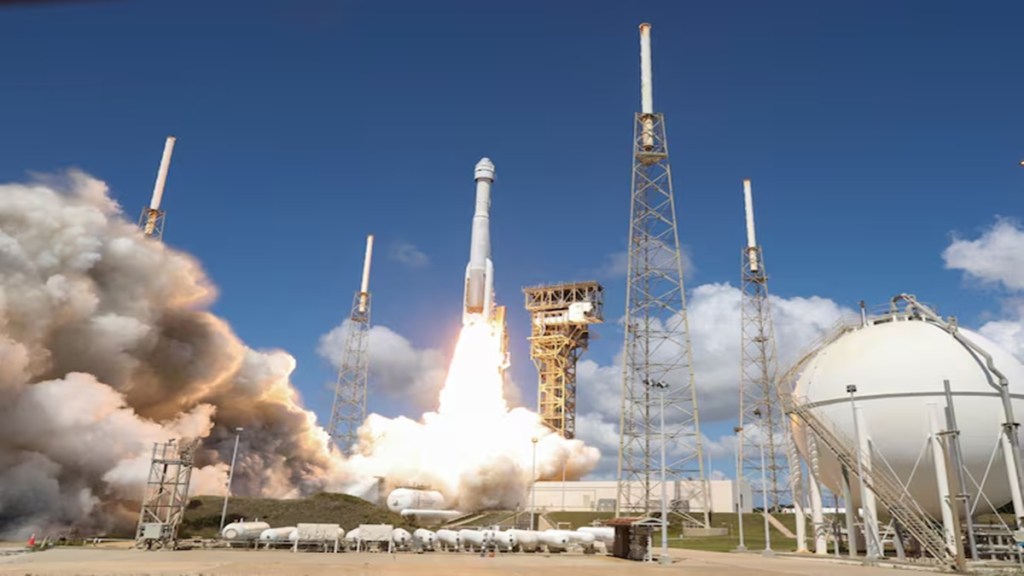NASA has postponed the return of Boeing’s Starliner spacecraft from the International Space Station with its first crew of astronauts because they need more time to fix technical issues. They haven’t set a new date yet, which leaves uncertainty about when the two astronauts, Butch Wilmore and Sunita Williams, will come back from Boeing’s first crewed mission.
NASA in a statement said that mission managers are looking to return after the station’s two scheduled spacewalks on June 24 and July 2. US astronauts Butch Wilmore and Sunita Williams launched on June 5 after their final demonstration to get regular flight certification from NASA.
Steve Stich, NASA’s commercial crew program manager, mentioned that they are proceeding cautiously and adhering to their standard procedures with the mission management team. Stich also noted that Starliner is performing satisfactorily in orbit while docked at the space station, emphasizing that the additional time would offer valuable information for enhancing future missions.
The crewed test of the spacecraft, which has flown to space twice since 2019 without humans on board, has faced challenges including five failures of its 28 maneuvering thrusters, five helium gas leaks used to pressurize those thrusters, and a slow-moving propellant valve indicating unresolved issues from the past.
These issues, along with additional tests by NASA and Boeing, raise questions about when Starliner’s crew can safely return home on the roughly six-hour journey, adding to broader program concerns.
Boeing has exceeded its $4.5 billion NASA development contract by $1.5 billion due to cost overruns. NASA aims for Starliner to be the second US spacecraft to ferry astronauts with the ISS alongside SpaceX’s Crew Dragon, which has been its main ride since 2020. But Boeing’s Starliner program has faced challenges such as software glitches, design issues, and disputes with subcontractors for years.
When Starliner approached the space station for docking on June 6, the five thruster failures prevented a close approach until Boeing made adjustments. They rewrote software and adjusted procedures to revive four thrusters and proceed with docking.
The undocking and return to Earth are the most complex phases of Starliner’s test mission. NASA officials want to understand the reasons behind the thruster failures, valve issues, and helium leaks before Starliner begins its return.
While only one thruster is inactive in Starliner’s current flight, Boeing encountered four thruster problems during the capsule’s unmanned return from space in 2022.
Boeing and NASA’s flight rules mandate that Starliner’s maneuvering thrusters must allow for at least “six degrees of freedom of control,” and each must have one backup thruster, according to a NASA spokesperson speaking to Reuters. This means at least 12 of the 28 thrusters, most of them backups, are necessary for a safe flight.
(With Reuters Inputs)
